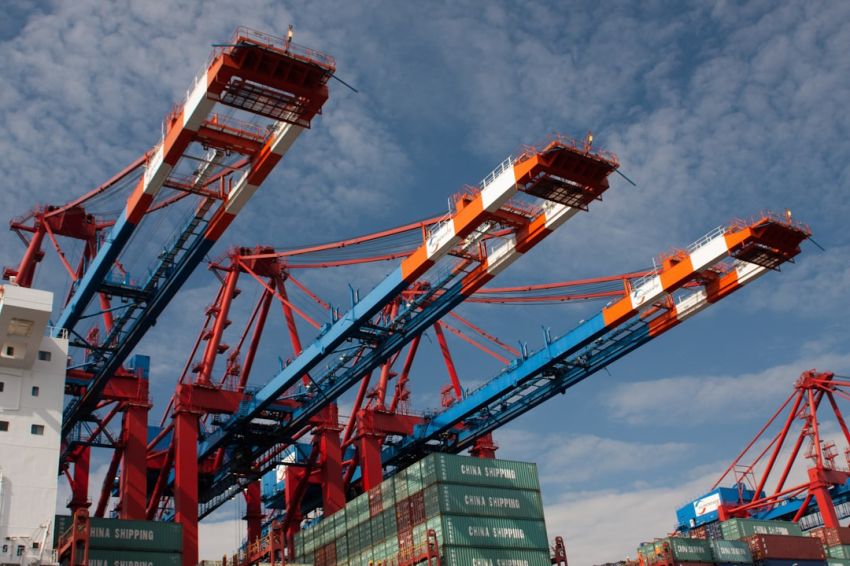Trade deficits are a significant concern for countries worldwide due to their potential impact on economic stability. When a country imports more goods and services than it exports, it incurs a trade deficit. This imbalance in trade can have various implications for a nation’s economy, affecting employment, inflation, exchange rates, and overall economic growth. Understanding how trade deficits influence countries is crucial for policymakers and economists in shaping trade policies and managing economic risks.
**Impacts of Trade Deficits on Currency Exchange Rates**
One of the primary effects of trade deficits is their impact on a country’s currency exchange rates. When a country consistently runs a trade deficit, it means that it is buying more foreign goods and services than it is selling. This excess demand for foreign currency to pay for imports can lead to a depreciation of the country’s currency relative to others. A weaker currency can make imports more expensive, possibly leading to higher inflation rates. On the other hand, a depreciated currency can make exports more competitive in international markets, potentially boosting export revenues and narrowing the trade deficit over time.
**Trade Deficits and Employment**
Trade deficits can also have implications for employment within a country. A persistent trade deficit may indicate that domestic industries are struggling to compete with foreign producers, leading to job losses in those sectors. As imports flood the market, domestic producers may find it challenging to sell their goods and services, resulting in reduced production and layoffs. In contrast, a trade surplus, where a country exports more than it imports, can create jobs in export-oriented industries and contribute to overall employment growth.
**Inflation and Trade Deficits**
Another impact of trade deficits is their potential to influence inflation rates within a country. When a country relies heavily on imports and runs a trade deficit, a depreciating currency can lead to higher prices for imported goods and services. This increase in import prices can filter through the economy, contributing to higher inflation levels. Central banks may need to adjust monetary policy to counter inflationary pressures resulting from trade deficits, such as raising interest rates to curb rising prices.
**Trade Deficits and Economic Growth**
Trade deficits can also affect a country’s overall economic growth. While trade deficits are not inherently negative and can be a result of increased consumer demand and economic activity, persistent deficits over an extended period can hinder long-term economic growth. Large trade imbalances may signal structural weaknesses in the economy, such as a lack of competitiveness or reliance on foreign goods. Addressing trade deficits through policy measures, such as promoting export-led growth or improving domestic production capabilities, can help stimulate economic growth and reduce vulnerabilities associated with imbalanced trade.
**Managing Trade Deficits**
Managing trade deficits requires a multi-faceted approach that addresses underlying economic factors contributing to imbalances. Countries can implement trade policies aimed at promoting export growth, reducing import dependency, and enhancing domestic production capacities. Additionally, fostering innovation, investing in education and skills development, and promoting a conducive business environment can help improve competitiveness and reduce reliance on imports. Collaboration with trading partners to address trade barriers and promote fair trade practices can also contribute to reducing trade deficits and fostering sustainable economic growth.
**In Conclusion**
Trade deficits can have far-reaching implications for countries, impacting currency exchange rates, employment, inflation, and economic growth. While trade imbalances are not inherently negative, persistent deficits can signal underlying economic vulnerabilities that need to be addressed. By understanding the impacts of trade deficits and implementing sound trade policies, countries can manage imbalances effectively and promote sustainable economic development. Addressing trade deficits requires a comprehensive approach that focuses on enhancing competitiveness, promoting export growth, and fostering a conducive environment for domestic industries to thrive.










